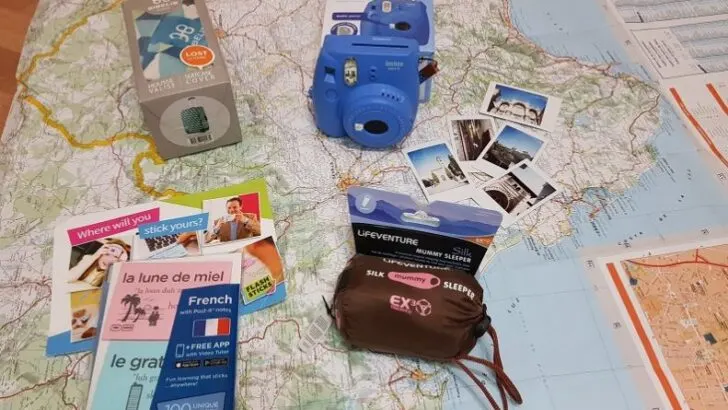Cybersecurity is probably not on many people’s minds when traveling. However, recent cyberattack statistics are alarming, and you need to stay aware at all times.
This article will tell you all you need to know about cybersecurity while traveling, so you can enjoy your trip without worry.
Stay Safe Before You Travel
Setting yourself up for a “cyber-safe” trip starts before getting to the airport. So before you go remember to:
Update your operating systems + applications
Outdated systems and apps hold more vulnerabilities, as they don’t contain the latest patches the developers put out to protect their systems. Before your trip, install the latest updates on all devices you’re bringing with you.
It’s particularly important to keep your mobile device updated, as you’ll probably use it the most during your trip. The easiest way to always stay up-to-date is to enable automatic updates.
Back up your information
As you’ll probably spend most of your time outdoors during your trip, you’ll be more likely than usual to lose your device. To avoid losing all the data stored on it, it’s best to create a backup on a cloud or even on another device that you’ll leave at home. Creating backups will also protect you if your device is compromised and you have to reset it to factory settings.
Double your login + unlock protection
Mobile devices are among the top items thieves target among tourists. Keep your devices on you at all times, and check on them occasionally. Preventing theft would be ideal, but it’s not always in your control. If someone steals your device, you should double down on your unlock protection before going on a trip. If possible, add Touch or Face ID, as that will make extremely difficult for someone else to access your phone.
Strengthening your passwords on all your apps and accounts is also critical. So if someone does get past the unlock screen, they won´t have access important accounts. Do add strong passwords and 2FA to sensitive accounts. Taking the proper steps before your travels will make it significantly easier to stay safe during the trip.
Here are specific tips on what to do during your travels when you leave home.

Avoid public networks
A free public network may seem to be a life-saver. However, these networks can be very risky. Online threats can easily intercept communication between your device and an unencrypted network. This enables them to get critical information such as account passwords or even take total control of your device. If you can use your mobile network, that’s always better than connecting to a public one.
Avoiding public networks isn’t always easy, especially when travelling abroad. So, if you have to connect to know how to get around or send an important message, there’s a way to do it safely. Using a VPN when using a public network will encrypt the communication between your device and network. It will also hide your IP address.
Limit social media activity
I get it – sharing your travel photos with friends and family is part of the experience. But, you should also avoid oversharing your every move online. Disable all location tracking apps on your phone. Never share sensitive information such as your full name, address, or birthday publicly online. You should also avoid making your travel plans public. Criminals can use this information to target you or your loved ones online or in real life.
Additionally, never share your social security number, banking details, or passwords with anyone, no matter what.

Keep an eye on your devices
It sounds easy enough, but people can get easily distracted when they’re in a new place. It’s not rare that tourists leave phones, cameras, or other devices behind, leaving their data vulnerable.
Do your best to avoid making that mistake. Please keep all of your devices physically secure and check on them regularly. If you think you’ll have trouble keeping tabs on all of your devices, maybe you should take less on your travels.
Watch out for skimmer devices
Scammers commonly use skimmer devices to copy credit card information. All that the scammer needs to do is hover the skimmer device directly over your credit card or wallet. You can avoid this by using an RFID wallet.
Depending on where you’re traveling, you may even encounter these devices hidden behind legit payment terminals. If you’re going inside a sketchy-looking shop, use cash instead of a credit card.
Final Thoughts – Cybersecurity
Cybersecurity risks are everywhere nowadays. Things can get particularly dangerous when traveling, especially if you don’t take the necessary steps to stay protected. It’s essential to deploy security measures before and after you travel.




